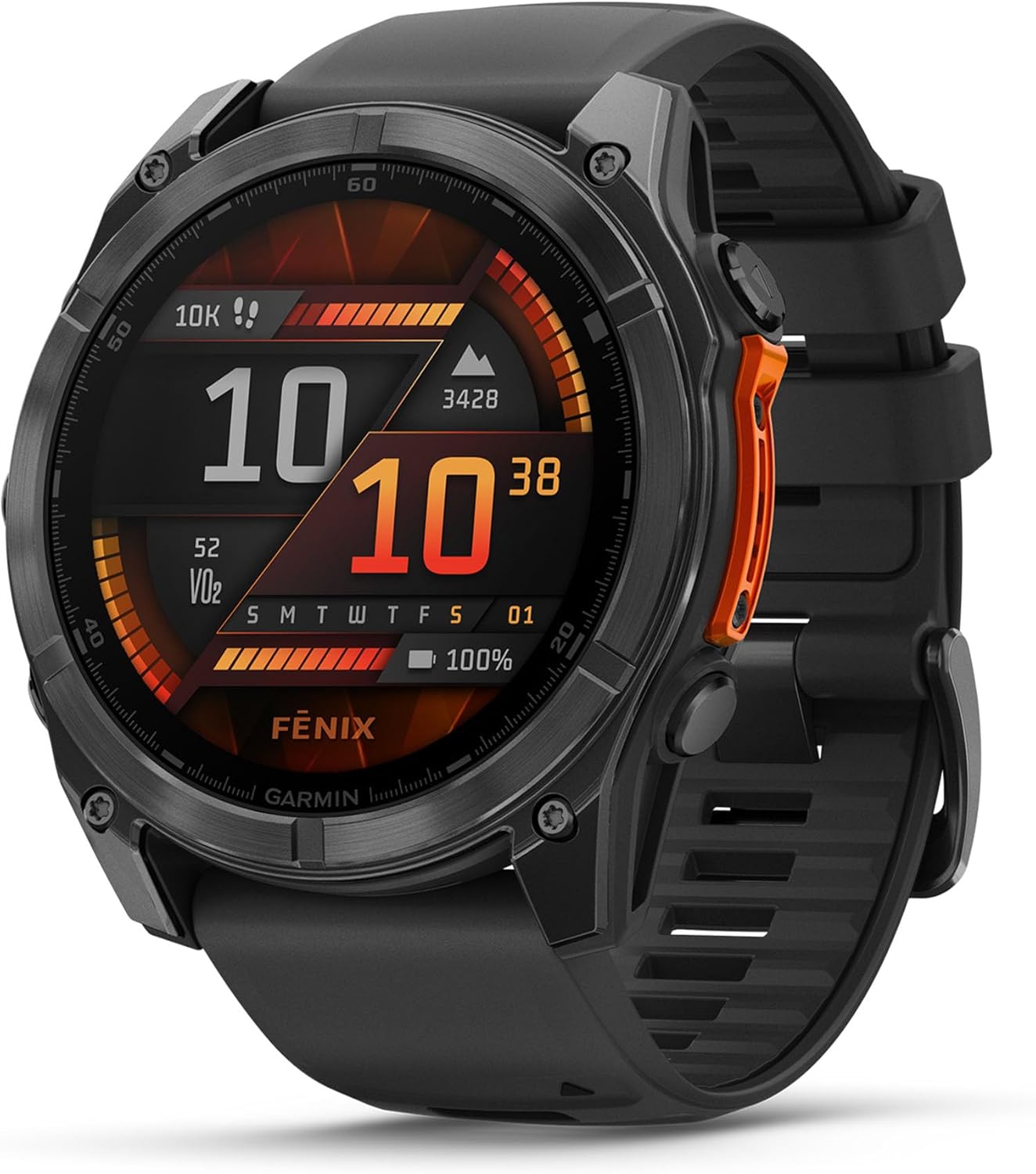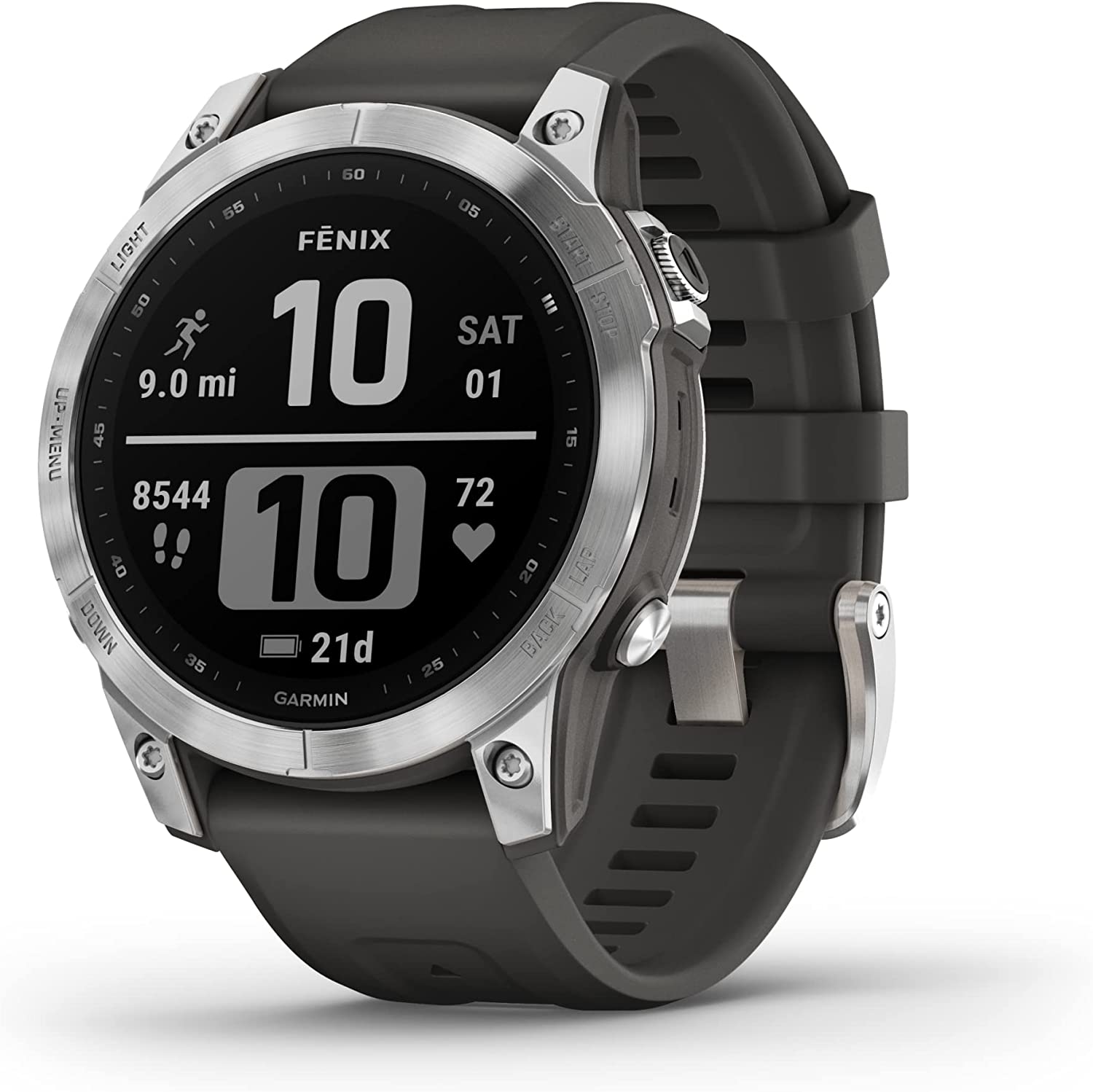It was about time. We’d been expecting something bolder from Garmin, and when the Fenix 8 showed up with that AMOLED screen and a whole new vibe, we knew we weren’t just dealing with a minor update. For those of us who’ve lived with a Fenix 7 strapped to our wrist—weathering trail runs, bikepacking trips, snow hikes—it’s hard not to feel a sense of loyalty. That thing never flinched.
But let’s be honest, we also saw its limits. The screen? Functional, yes. But kind of dull indoors. The UI? Solid, but a little stuck in the past. So when the Fenix 8 brought in sweeping updates, especially that gorgeous screen and beefed-up internals, we couldn’t ignore it.
The catch? It’s not just about features—it’s about how those features feel day after day. That’s what we’re diving into. We’re going to lay out what’s changed between the Fenix 7 and the Fenix 8, what it actually means for you out there in the mud, snow, or sun—and whether it’s worth jumping to the newer model.
Display tech that finally feels modern
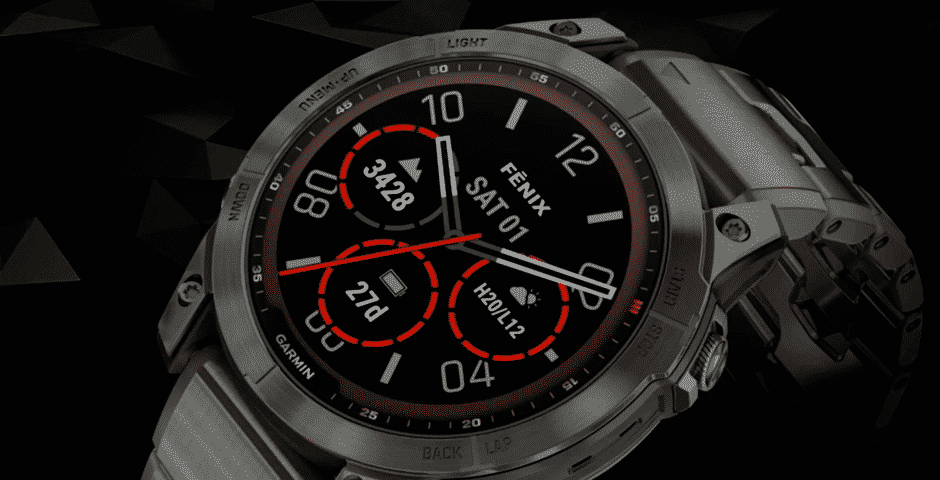
We didn’t expect the display to have this much impact, but the first time you see the AMOLED screen on the Fenix 8, it’s hard to go back. Colors are more vivid, blacks are true blacks, and visibility in low light is dramatically better. The 1.3″ AMOLED panel on the standard 47mm model offers a resolution of 416 x 416 pixels, and it just looks… alive.
The Fenix 7, with its transflective MIP display, is easier on battery and holds its own in direct sunlight. But indoors? It feels like a relic. Still, if you’re someone who lives in the desert or spends 90% of your life outside at noon, MIP isn’t dead yet. Garmin still offers Fenix 8 units with MIP and solar—though only from 47mm upward.
So here’s the thing: if you’ve been eyeing the Epix because of that vivid screen, you can forget it now. The Fenix 8 makes AMOLED mainstream in Garmin’s adventure watches, and that changes everything.
Sizing up? Just a little
Garmin always kept it neat: three sizes, pick your poison—42mm, 47mm, and 51mm. But in the Fenix 8 lineup, they nudged that smallest size up to 43mm—and removed solar charging from it.
That might sound like a minor adjustment, but for folks with smaller wrists, that extra millimeter matters. Especially when the Fenix 7S and 7S Pro are still sitting pretty at 42mm with full solar features. So yeah, if you’re used to the old S size and want to keep the solar bonus, you’ll need to stick with the 7 generation.
The Fenix 8 solar models now start at 47mm, meaning there’s no solar option for those wanting the new AMOLED in a small case.
Not the end of the world, but definitely something to consider before you hit that buy button.
Better protection where it counts
Let’s be clear: the Fenix 7 was already tough as nails. You could crash it into a rock, take it swimming in saltwater, or freeze it on a ski lift and it wouldn’t blink. But Garmin found ways to add even more armor in the Fenix 8.
New leakproof metal buttons across the whole range, plus a reworked sensor guard, give it a beefier feel. These aren’t headline features, but when you’re scraping past tree trunks or your pole clips your wrist mid-hike, you start to appreciate those details.
These enhancements mostly affect the right side of the case, where accidental hits are common. You don’t notice it day-to-day, but when you do, it matters.
Interface that finally feels 2025
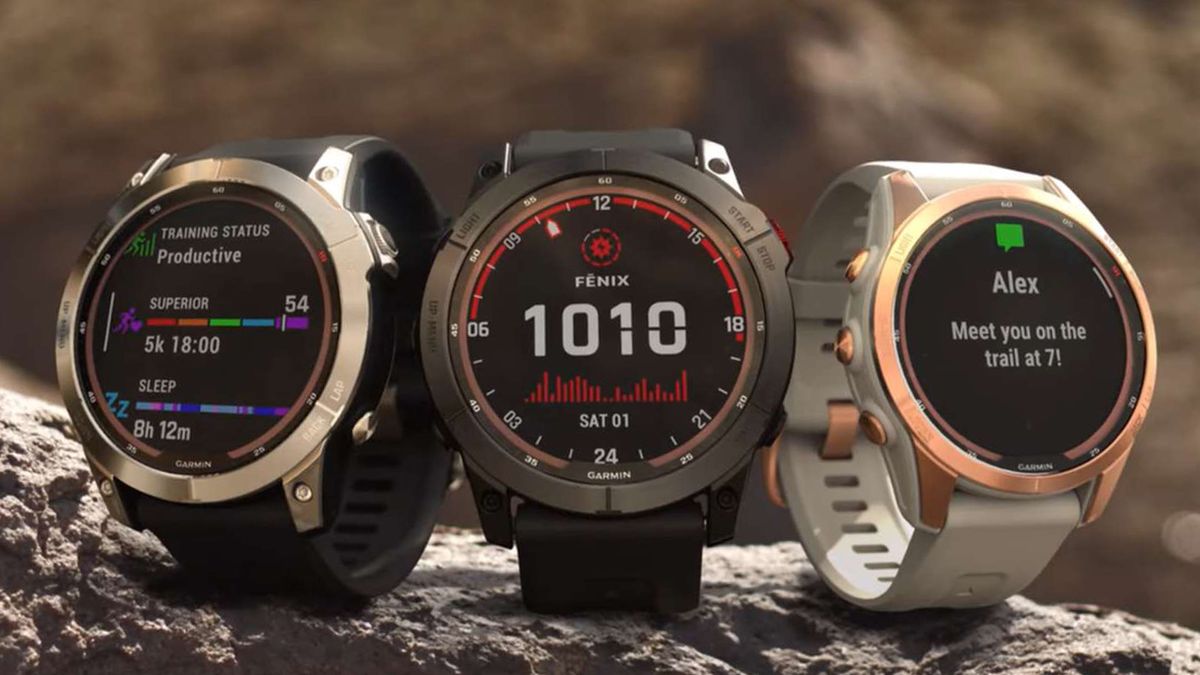
If you’ve used any of the newer Forerunners, you’ll know Garmin’s been tweaking the interface. Now that same treatment has come to the Fenix 8, and honestly, it was overdue.
The new OS skin makes things feel smoother and more modern. Widgets like Morning Report and training suggestions now look more dynamic and legible, especially on the AMOLED screen.
On the Fenix 7, the UI still works—it’s functional, snappy enough, and familiar. But compared side-by-side, it looks like it’s stuck in 2020. And Garmin confirmed: this new UI won’t be backported to the Fenix 7 or 7 Pro.
So yeah, if you care about aesthetics, ease of use, and clarity at a glance, the Fenix 8 brings a level-up that the Fenix 7 simply won’t match.
Strength training gets smarter, and maps more useful
This part actually surprised us. Garmin has always nailed endurance data, but strength? It used to feel like an afterthought. Now with the Fenix 8, it finally feels dialed in.
You get tailored, progressive training plans for strength disciplines, not just static workouts. If you’re a trail runner trying to build lower-body stability, or a skier working on core endurance, the 4- to 6-week programs in the Fenix 8 are targeted and periodized.
And the maps? Oh, the maps. TopoActive mapping now shows contour lines more clearly, with cleaner overlays and smoother navigation. It’s easier to find a route, preview the terrain, and follow a loop. Round-trip routing feels faster and more precise.
Don’t expect those upgrades to roll out to the Fenix 7. Garmin made a clear split: these new tools are for the Fenix 8 generation only.
Talk to it. Yes, literally
Here’s where things start to feel a little weird—in a good way. The Fenix 8 now includes a speaker and microphone, which means you can use voice commands and hear audio feedback directly from the watch.
You can launch workouts, control timers, or get spoken lap alerts without ever pulling out your phone or headphones.
The Fenix 7? Dead silent. It relies on Bluetooth for everything audio. Want to hear a split update? You better pair some earbuds.
Sure, this might feel a bit gimmicky at first, but when you’re deep in a run and don’t want to break rhythm to glance at the screen, that little voice nudge starts to feel indispensable.
And yeah, it also opens the door to smart assistant features and hands-free calling—if that’s your thing.
Solar that’s… well, slightly better
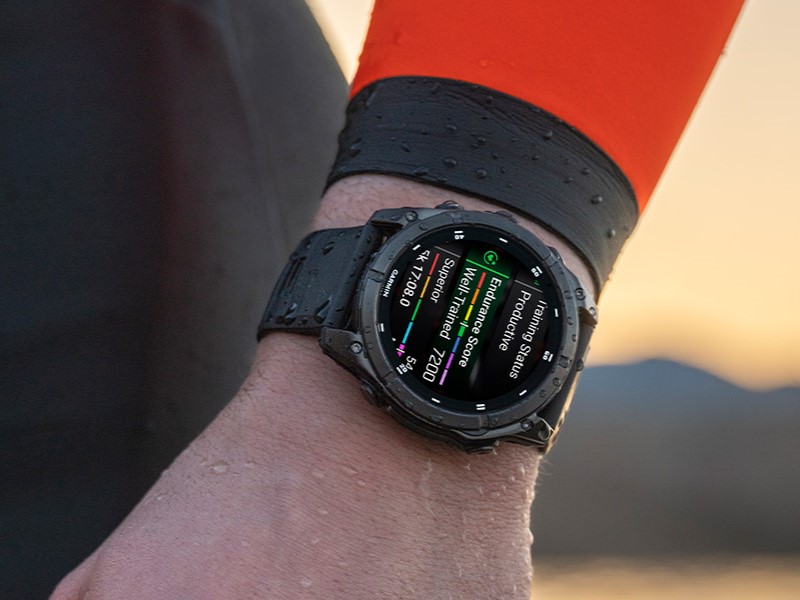
Garmin’s always played up the solar angle, and with the Fenix 8, they claim up to 50% better solar efficiency over the Fenix 7. That’s impressive on paper, but we have to be real—it still depends on you living under a cloudless sky.
The 51mm Fenix 8 Solar seems to make the most of this improvement, especially on ultra-distance trips. If you’re logging days in the high alpine or desert, the added efficiency might give you a legit boost.
But for most folks, solar charging remains more of a battery extender than a full charging solution. And again, if you want a small solar model? It doesn’t exist in the Fenix 8 lineup. The 43mm AMOLED version comes without solar support entirely.
So there’s a trade-off: flashy screen, no solar. Or solar, but bigger case and MIP.
Epix? What Epix?
This one’s subtle but important. The Epix 2 used to be the AMOLED version of the Fenix 7, with more of a smartwatch vibe. But now that AMOLED is baked into the Fenix 8 lineup, Garmin’s basically folded Epix into the Fenix name.
That means you don’t need to choose between screen quality and rugged features anymore.
If you were eyeing the Epix Pro Gen 2, forget it—those same internals and display quality now live inside the Fenix 8, with better button protection and wider sizing options.
It’s a cleaner, simpler setup. Just pick your Fenix 8 flavor and go.
So… is the Fenix 8 worth it?
We weren’t sure at first. The Fenix 7 had already earned its place. But after testing, tweaking, and wearing both back to back, there’s just no denying it: the Fenix 8 feels like a real step forward—not a half-gen refresh.
The AMOLED screen alone makes everything feel more engaging, especially when you’re tracking workouts or navigating maps. Add in the new OS, better training tools, voice interaction, and the beefed-up case, and suddenly the Fenix 7 feels a little behind.
What disappointed us? The sizing options, honestly. Removing solar from the smaller 43mm Fenix 8 AMOLED version feels like a weird omission, especially since that’s where a lot of everyday athletes land. And no, the solar boost isn’t quite a game-changer yet—more of a gentle nudge.
But overall? We’re impressed. This isn’t just Garmin polishing an old favorite. This is Garmin making the Fenix feel fresh again, modern and tough in equal measure. For those of you still rocking a Fenix 6 or 7 and wondering if it’s worth the upgrade—if you care about display, interface, or smarter features, the answer’s probably yes.
And if you’re not quite ready to jump? Well, the Fenix 7 still has plenty of gas left. But you’ll know what you’re missing.

